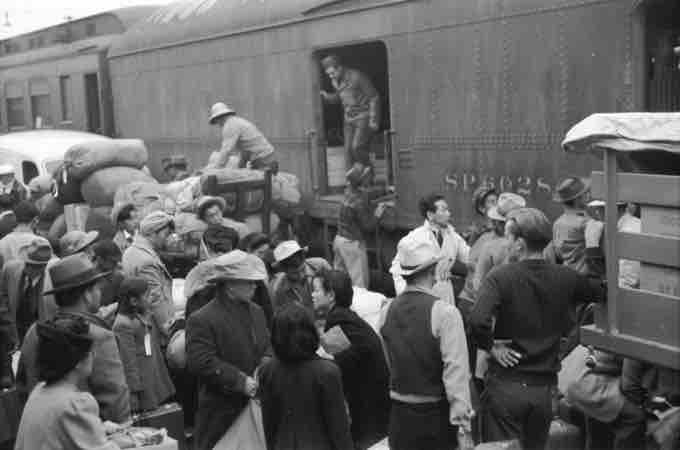Introduction
According to U.S. Census data, Asian Americans comprise 4.8% of the U.S. population, with an additional 5.6% of the population having partial Asian ancestry. The Census defines Asian Americans as people who indicate their race as "Asian," "Chinese," "Filipino," "Indian," "Vietnamese," "Korean," "Japanese," or "Other Asian. " The group term Asian American has been in wide use since the 1960s, and was introduced as an alternative to the now antiquated and sometimes offensive term "Oriental. "
Asian Americans are sometimes referred to as "the model minority" in the popular press. This label reflects the group's educational and economic success in recent decades. As of 2008, Asian Americans have the highest educational attainment and median household income of any racial demographic in the United States. While the group's nickname generally reflects positive trends, it can be seen as offensive or stereotypical when it is applied in a way that implies all Asian Americans are well-educated, wealthy, and demure.
Immigration and Civil Rights
Immigration policy has played a central role in legal Civil Rights issues affecting Asian Americans. People of Asian descent began immigrating to the United States in significant numbers in the late 1800s. As of 1868, U.S. policy encouraged Chinese immigration. Chinese men made up the majority of certain industrial labor pools, most notably the western railroad industry, by the end of the century. Chinese laborers were often subject to unregulated work conditions, which resulted in widespread health problems, work-related injury and death, and exploitation. Nonetheless, it was not until the end of the 19th century that Asian Americans began to face institutionalized barriers to immigration and citizenship.
In 1875, the Page Act expressly prohibited the entry of immigrants deemed "undesirable," including Asian men seeking contract labor and Asian women who were suspected of engaging in prostitution. The Page Act was followed by the Chinese Exclusion Act of 1882, which suspended all Chinese immigration for ten years, and the Geary Act of 1892, which provided Chinese immigrants to carry resident papers and prevented them from full access to U.S. legal proceedings. By the 1920s, a nativist tendency in the U.S. had propelled the passage of national origins quota laws, which limited the number of immigration from any given country. These policies effectively curbed immigration for several decades.
A xenophobic stance known as the Yellow Peril is often associated with early 20th century attempts to limit Chinese immigration and to bar Chinese residents from gaining American citizenship. By the mid-20th century, however, the term became associated with xenophobia towards Japanese Americans. Spurred by Japan's role in World War II, many Americans, including legislators, became hostile towards Japanese immigrants and people of Japanese descent living in the U.S. In what is now considered to be a major civil rights violation, thousands of Japanese Americans were held in internment camps during World War II. These camps were premised on the suspicion that Japanese Americans could be linked to Japanese war efforts, but in fact they held thousands of civilians without any legal grounds or evidence of criminal activity.
In 1965, at the tail end of the Civil Rights era, President Lyndon B. Johnson signed the Immigration and Nationality Act of 1965. This bill overturned laws setting immigration quotas, opening the borders to increasing immigration from Asia and Latin America. Asians began entering the U.S. in large numbers, often aided by legal provisions that facilitated the immigration of highly skilled individuals or individuals with family members in the United States. A demographic shift followed the passage of the act, and the Asian American population became increasingly well-educated and had growing access to material resources in the United States.
In the modern day, Asian Americans continue to comprise the second largest ethnic immigrant group, after Latinos. That said, Asian American immigrants have diverse ethnic backgrounds, with large immigrant populations arriving from China, Korea, and India, for example. There has been some controversy over illegal immigration from Asia, with some speculating that as much as 15% of the Asian American population is in the U.S. illegally. However, largely due to favorable stereotypes of Asian Americans, debates surrounding illegal immigration tend to focus on Latinos, who are more negatively stereotyped by native born Americans.

Japanese Americans Sent to Internment Camp
During the Second World War, Japanese Americans were forced to relocate to U.S. government administered internment camps on the baseless suspicion that they may plot anti-American activities.